The Ivy: [Planting, Irrigation, Care and Substrate]
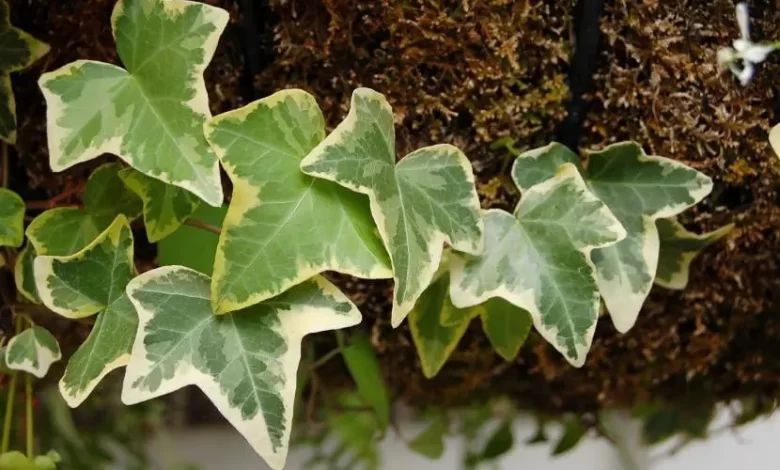
The Common Ivy or Hedera Helix, together with the Canariensis or Canary Ivy, are varieties created especially by nature to be grown in warm interiors, where their leaves painted with white and gold nuances multiply without any problem in many homes on the European continent. Where does this plant come from that demands little and gives a lot.
It has spread to North Africa, the Canary Islands, Japan and Central Asia.
There are currently around 15 identified types, where, in addition to the common and the Canarian, species such as: Hedera colchica (Caucasian ivy), Hedera maroccana, Hedera algeriensis (Algerian ivy), Hedera nepalensis (Nepal ivy) stand out.
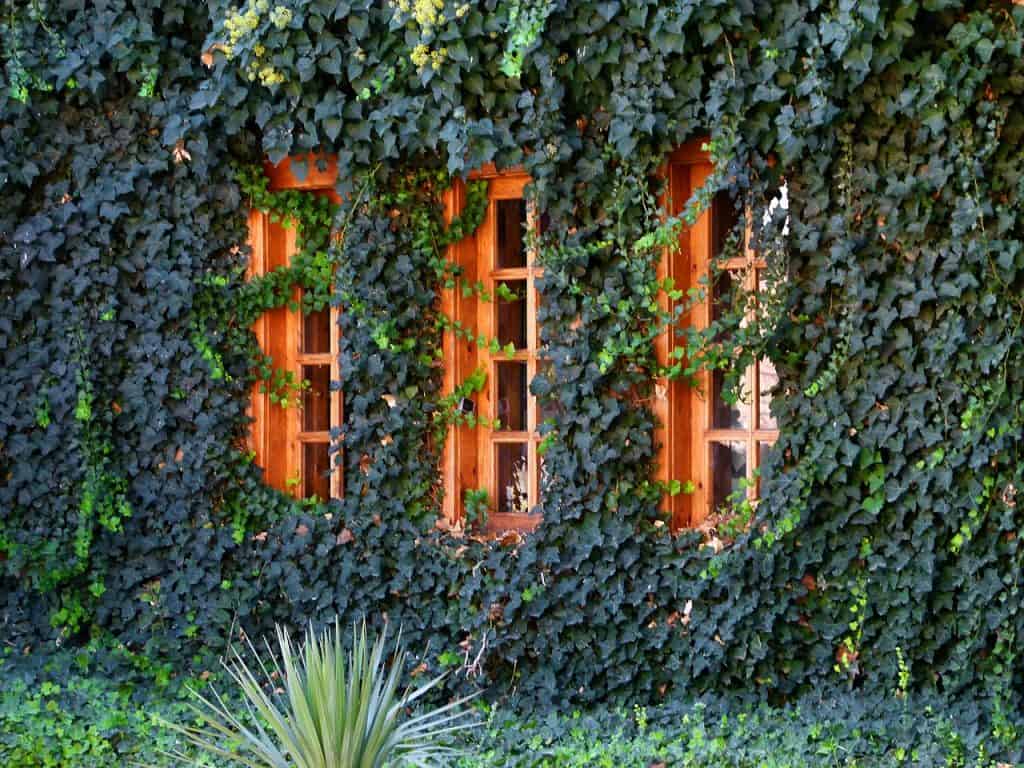
This ornamental plant, special for decorating environments, belongs to the Araliaceae family and outdoors it also works very well, but never waste its great potential to be molded into vertical or horizontal hanging gardens.
His ability to adapt has been great. It has jumped from greenhouses, where it was previously kept in good shelter, to warm areas where dwarf or variegated varieties now grow.
One of its greatest attractions is precisely its dark green leaves , which have between 3 to 4 lobes that form oval or elliptical figures towards the cluster area. There are also spotted shades, with white or yellow stripes, called variegated.
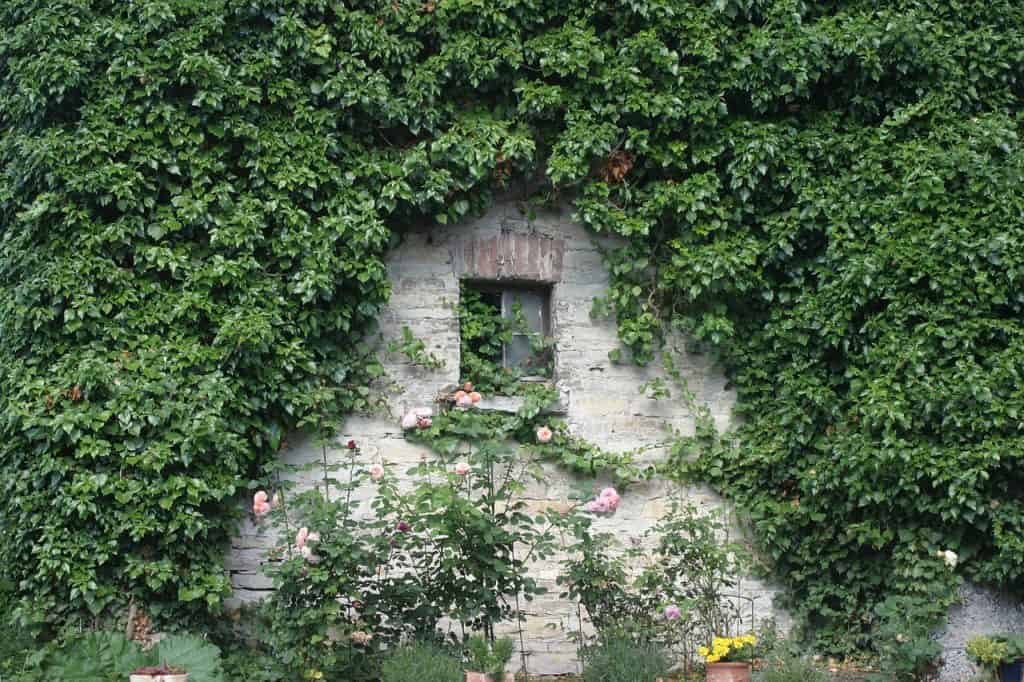 It has small flowers that shine nothing against the splendor of its leaves. You’ll see them in late spring and early fall. And Toxic fruits or berries of yellow, green or black color that barely reach half a centimeter in diameter.
It has small flowers that shine nothing against the splendor of its leaves. You’ll see them in late spring and early fall. And Toxic fruits or berries of yellow, green or black color that barely reach half a centimeter in diameter.
Outdoors , it behaves like an efficient climber capable of reaching large extensions on stems that can exceed 15 meters, thanks to their foolproof woodiness that allows them to behave like a creeper capable of covering everything: gardens, floors, walls or walls.
There are even some varieties that exceed 40 meters in length in their stems.
Hence, they are used as plants to cover walls, fences, columns, slopes or undergrowth.
If you are going to grow it indoors, hanging pots are ideal. You will not regret taking care of him at home. Do you want to know how? Here are some practical tips.
Temperature: Where should we plant it?
Ivy is an evergreen climber, which is also widely used as a hanging plant.
A temperature between 15 to 21°C is perfect, which does not mean that it is unable to withstand, for example, being subjected to the test of withstanding 5°C in winter, or maximums of up to 32°C in summer. Quite the contrary. Ivy is really resistant to inclement weather.
However, take care not to expose it too long to these environmental variations for long periods, because its beautiful leaves will suffer until they dry out and die.
Light: What light needs do you have?
 Little light really needed. But it does like soft natural light.
Little light really needed. But it does like soft natural light.
If she is not near a window, she will not complain about changes in her morphology. No sir. She will calmly endure not so dark environments where her leaves fade due to lack of sunlight.
The Ivy, without a doubt, develops better if you expose it regularly to full sun or remain in shaded places. And it is not killed by frost or sudden changes in temperature, because the courage of the variegated species prevails.
Give it sun for a few hours a day and it will know how to thank you more than anything.
As it is not very demanding with the sun, it holds up well in closed spaces. So it becomes an indoor plant to consider.
Substrate and Fertilizer: How do we prepare the land?
Use a mineral fertilizer at least once a month come spring. In summer this help also comes, which the Ivy will greatly appreciate.
A soil rich in garden soil with a balanced mixture of peat and sand will be of great relief to her, because the drainage will flow without problems of fatal consequences for her roots.
The ideal soil pH for its growth is one close to six and it will be much better if you can add a layer of earthworm humus or compost, when the plant exceeds six months of life under your shelter. This addition will be spectacular to enhance its healthy growth.
Plant ivy step by step
- Once we have chosen the place where we are going to plant the ivy (preferably semi-shade), we will make a hole whose depth will be greater than that of the pot.
- We take the plant out of the pot (carefully) and place it in the hole.
- Next we put substrate in the hole and around the ivy that we just put.
- Finally, we return to fill the hole with the previously subtracted earth.
- Finally, we water gently or drip for a long time (without flooding the soil).
To know more, you can see: Ivy cuttings.
ivy care
Watch out:Ivy is a plant that, if it has the right conditions, grows enormously and spreads easily, becoming an invasive plant.
It is recommended that the ivy have a space to climb. If it is watered (now we will see) regularly and is not neglected, the ivy can grow a lot.
It is recommended once or twice a year to do an intense pruning (especially when it has already become large).
Irrigation: How often and how do we water the ivy?
An optimal, balanced irrigation system is one that keeps the substrate moist without flooding that damages its morphology, especially its roots.
For example, winter is the season where it will receive less water. A spraying will suffice as long as the soil has dried completely, which usually happens maximum once a week in the case of indoor varieties.
Make occasional sprays of its branches in the winter, which will also be well used by this popular climbing plant. Especially, when you start to notice that its leaves change to a rough texture of brown or yellowish color. This indicates that you just need hydration.
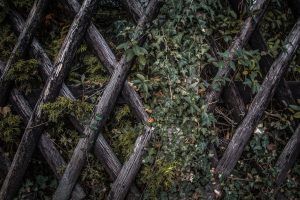 But when the summer heat hits, watering should be increased to an estimated frequency of 3 or 4 times a week to give it permanent hydration.
But when the summer heat hits, watering should be increased to an estimated frequency of 3 or 4 times a week to give it permanent hydration.
Also take advantage of pruning it at the beginning of spring and in this way you will stimulate healthy growth and avoid the inappropriate invasion of its flexible stems in walls, gutters and even pipes. If you are not careful, she will get everywhere, honoring her name.
Enjoy this plant faithful to your innovative decorative ideas at home, with a low cost impact given its minimal maintenance.
Pests and diseases of ivy
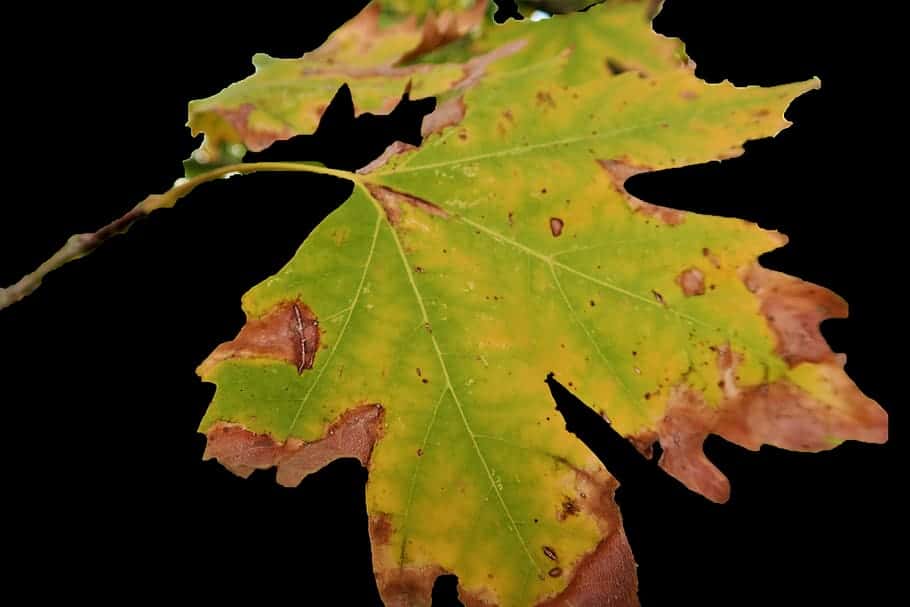 One of the ivy diseases is verticillium wilt. Verticillium or Verticillium wilt is a common soil fungus that thrives in temperate climates around the world and can be present in the soil for decades.
One of the ivy diseases is verticillium wilt. Verticillium or Verticillium wilt is a common soil fungus that thrives in temperate climates around the world and can be present in the soil for decades.
Verticillium wilt overwinters in the soil as dormant mycelium or tiny dormant black structures called microsclerotia, waiting for favorable conditions to return.
They enter damaged plant tissue through the roots and multiply. Many common weeds, such as dandelions and weeds, can be Verticillium host species.
Verticillium wilt is a disease that affects more than 350 species of eudicolous plants. It is caused by six species of Verticillium fungi: Verticillium dahliae, Verticillium albo-atrum, Verticillium longisporum, Verticillium nubilum, Verticillium theobromae, and Verticillium tricorpus.
Many plants with significant economic weight are susceptible, such as cotton, tomatoes, potatoes, oilseed rape, aubergines, peppers, and ornamental plants, as well as others in natural vegetation communities.
Many species and cultivars of eudicots are resistant to the disease, and all monocots, gymnosperms, and ferns are immune. To know more: Verticillium wilt in the Orchard: What is it? How do we identify it?

![Photo of Lantana Cuttings: [Grafts, Time, Rooting and Planting]](https://www.complete-gardening.com/wp-content/uploads/2022/08/lantana-cuttings-grafts-time-rooting-and-planting-390x220.jpg)
![Photo of The Dieffenbachia: [Characteristics, Planting, Care, Irrigation and Substrate]](https://www.complete-gardening.com/wp-content/uploads/2022/08/the-dieffenbachia-characteristics-planting-care-irrigation-and-substrate-390x220.png)
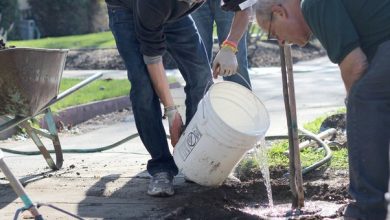
![Photo of Alocasia Amazonica: [Characteristics, Planting, Care, Irrigation]](https://www.complete-gardening.com/wp-content/uploads/2022/08/alocasia-amazonica-characteristics-planting-care-irrigation-390x220.jpg)